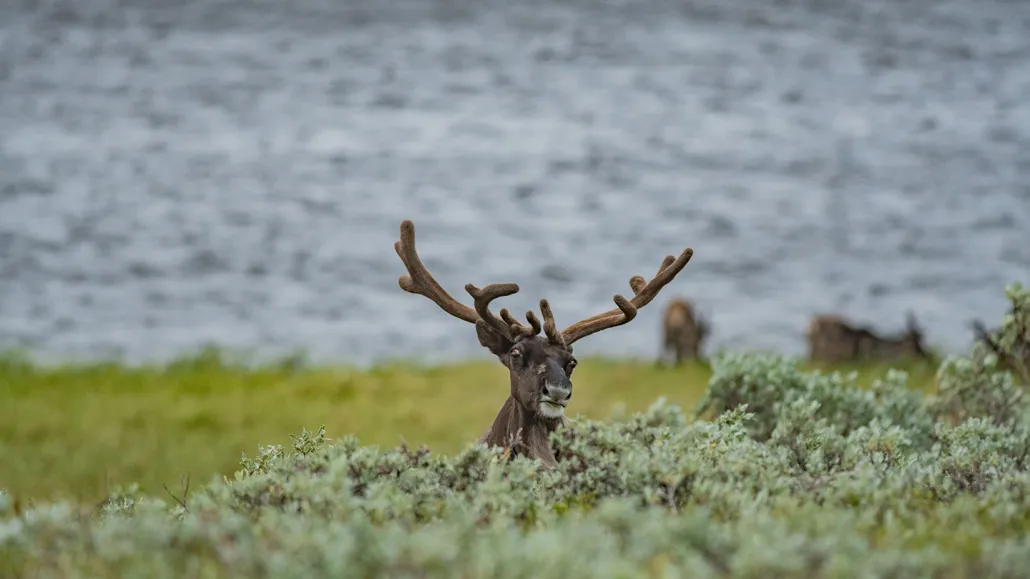
A caribou on Siberia’s Yamal Peninsula browses on some willows. Stomach parasites can make these herbivores eat less, leading to more plant growth.
Jeff Kerby

A caribou on Siberia’s Yamal Peninsula browses on some willows. Stomach parasites can make these herbivores eat less, leading to more plant growth.
Jeff Kerby